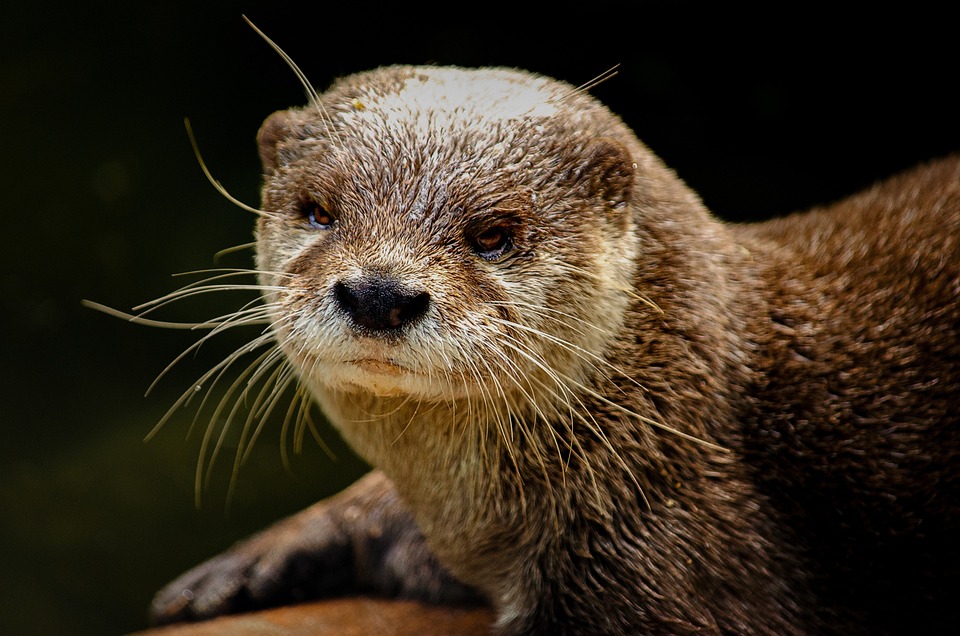Creating and maintaining a well-balanced fish tank ecosystem is essential for the health and well-being of your aquatic pets. In this guide, we will explore the crucial steps to establish and maintain a healthy fish tank ecosystem, as well as address some frequently asked questions.
The first step in establishing a well-balanced fish tank ecosystem is choosing the right tank size and location. The size of your tank plays a vital role in maintaining a healthy environment. A larger tank provides more stable water conditions and allows for better filtration. Consider factors such as the number and size of fish you plan to keep, the available space in your home, and avoiding direct sunlight or drafts that can lead to temperature fluctuations and algae growth.
Next, selecting appropriate filtration systems is crucial for maintaining water quality and removing harmful toxins. There are three main types of filtration systems commonly used in fish tanks: mechanical filtration, chemical filtration, and biological filtration. It is recommended to use a combination of these filtration methods to ensure optimal water quality.
Establishing a nitrogen cycle is another crucial step in maintaining a healthy fish tank ecosystem. The nitrogen cycle is a process that converts toxic ammonia, produced by fish waste and uneaten food, into less harmful compounds. To establish the nitrogen cycle, add a source of ammonia to kick-start the cycle. Beneficial bacteria will naturally colonize the tank surfaces, filter media, and substrate, converting ammonia into nitrite, and then nitrite into nitrate. Regularly test the water parameters using a reliable aquarium test kit to monitor the cycle’s progress.
Maintaining stable water parameters is crucial for the health of your fish. It is recommended to test the water regularly to ensure the temperature, pH level, and ammonia, nitrite, and nitrate levels are within acceptable ranges. Most freshwater fish thrive in a pH range of 6.5-7.5, with a temperature between 72-82°F (22-28°C). Ammonia and nitrite should be undetectable, while nitrate levels should be kept below 40 ppm.
Appropriate lighting is also important in a fish tank. Lighting promotes photosynthesis in live plants and helps regulate the fish’s daily activities. Provide a lighting duration of 8-12 hours per day, replicating natural day-night cycles. Choose appropriate lighting intensity and spectrum based on the type of fish and plants in your tank, and avoid excessive lighting, as it can encourage algae growth and stress the fish.
Now, let’s address some frequently asked questions:
Q1: How often should I clean my fish tank?
Regular maintenance is crucial for a healthy fish tank ecosystem. Perform partial water changes of 20-30% every 1-2 weeks, clean the tank glass, and vacuum the substrate to remove debris. However, avoid excessive cleaning, which can disrupt the nitrogen cycle.
Q2: Can I keep different fish species together in the same tank?
Compatibility among fish species varies. It is important to research the specific needs, behavior, and compatibility of different fish species before keeping them together. Some species may show aggression towards others or have different environmental requirements.
Q3: How do I prevent algae growth in my fish tank?
To prevent excessive algae growth, maintain a proper lighting duration, avoid overfeeding your fish, and regularly clean the tank. You can also introduce algae-eating fish or add live plants that compete with algae for nutrients.
Q4: Is it necessary to quarantine new fish before adding them to the tank?
Quarantining new fish before introducing them to your main tank is highly recommended. It helps prevent the spread of diseases and parasites. Keep the new fish in a separate tank for a few weeks, closely monitor their health, and treat any issues before introducing them to the main tank.
Establishing and maintaining a well-balanced fish tank ecosystem requires careful attention to various factors. By providing an appropriate tank size, filtration systems, and water parameters, as well as regular maintenance, you can create a thriving environment for your fish. Remember to conduct thorough research and seek expert advice specific to the species you keep to ensure their long-term health and happiness.









